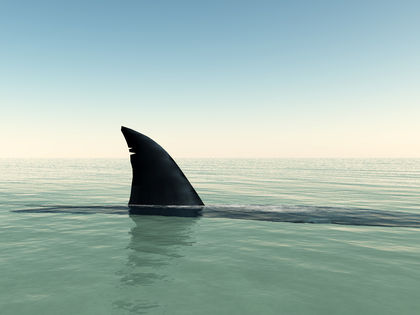Chordata

Chordata is a large and diverse group of animals, with roughly 50,000 living species included. The majority of chordates belong to a group called Vertebrata. Vertebrates have backbones that are composed of vertebrae. Some examples of vertebrates are sharks, fish, dinosaurs, and human beings.
A second group of chordates, called Urochordata, consists of animals found mostly in oceans. Urochordates include sock-shaped pyrosomes that grow up to 10 meters (32.8 feet) long, sack-shaped sea squirts that live attached to the seafloor, and tadpole-shaped larvaceans that build their floating houses out of mucus.
All of these assorted chordates are united because they are descended from a common ancestor that had three features that were passed on to all of its descendants. These three characteristics can be used to distinguish chordates from other animals.
First, chordates have a collection of nerve fibers, called a nerve cord, which runs down their back sides connecting the brain to the organs and muscles. The second characteristic is a notochord, which is a stiffened rod that runs underneath the nerve cord. The notochord is used by many chordates as an aid for swimming. Muscles pull the notochord one way and then it springs back, propelling the chordate forward through the water.
Finally, all chordates have pharyngeal slits, a set of openings behind the head that connect directly to the throat. Some chordates use their pharyngeal slits to filter food out of water sucked in through their mouths. Other chordates have modified pharyngeal slits, called gills, that are used to get oxygen out of water. Human beings, like other land-dwelling chordates, only have pharyngeal slits as an embryo. During a baby's development they are modified into parts of the inner ear.
Allen G. Collins
Bibliography
Newman, H. H. The Phylum Chordata: Biology of Vertebrates and Their Kin. New York: Macmillan, 1939.
Ruppert, Edward E., and Robert D. Barnes. Invertebrate Zoology, 6th ed. Fort Worth, TX: Saunders College Publishing, 1996.
Weichert, Charles K. Elements of Chordate Anatomy, 3rd ed. New York: McGraw-Hill,1967.
Comment about this article, ask questions, or add new information about this topic: